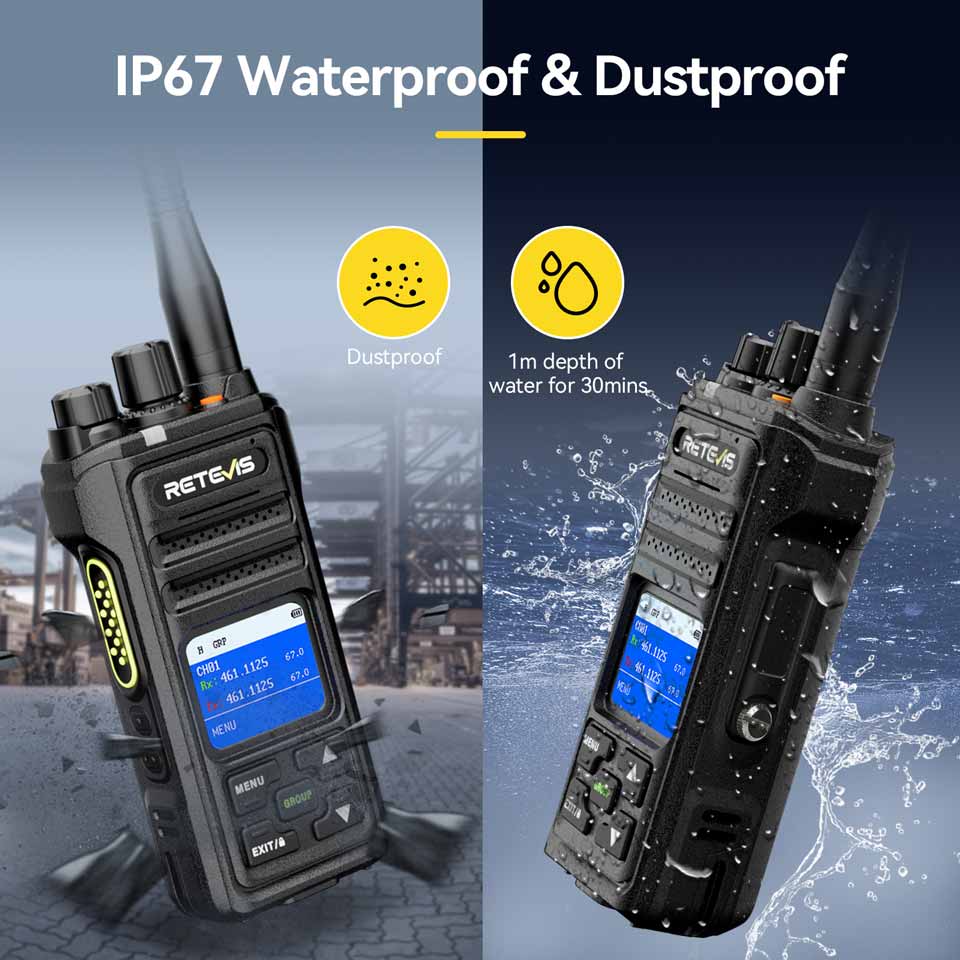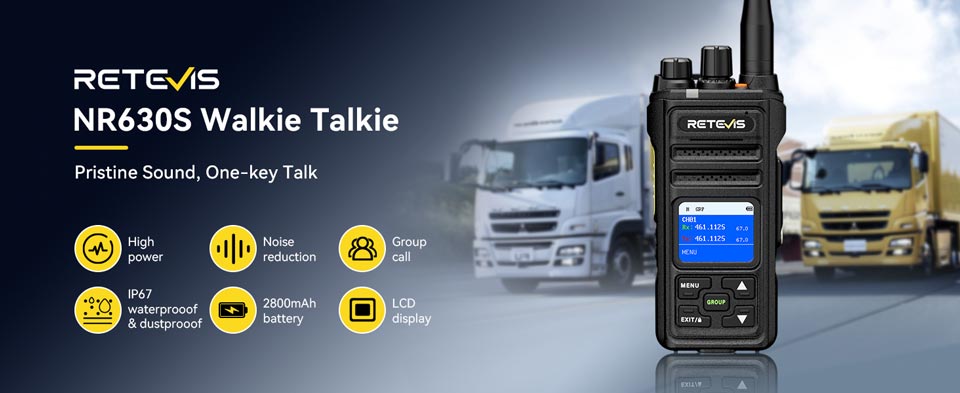Two Way Radios in Construction Engineering

Two Way Radios in Construction Engineering
A construction project consists of many little jobs and moving parts done by up to hundreds of construction workers and foremen often across multiple jobsites. Making sure a project is done right requires impeccable coordination between construction teams and impeccable coordination requires efficient communication. A construction team's ability to communicate efficiently will determine how quickly a job can be completed, and how safely that job can be completed. They are all improving productivity and workplace safety with the use of two way radios. Walkie talkies have become a vital part of every phase on the job site from initial ground preparation to the final walkthrough. No matter if you’re a sub-contractor or a large-scale general contractor, clear communication is pivotal to the job’s success. Two-way radios are one of the best ways for construction teams to communicate onsite. These are some of the ways two-way radios will benefit your construction team.
The question isn’t if two way radios are needed on the job site, but rather which ones are best for you and Retevis is here to make that easy. The truth is, there are all kinds of two way radios out there that are great for construction. If I were to write about every walkie talkie that could be useful on the job site, we would be here till next year. I am using this article to highlight what I believe are a few of the best two way radios for construction.
Things you need to look out for
Durability = The two way radio has a high IP rating giving it the ability to prevent dust and water damage.

UHF Transmission = Construction sites are typically in urban environments. You will need walkie talkies that use UHF transmission because VHF transmission is largely dependent on stretches of land with clear line-of-sight for transmission. Using the UHF band will ensure less interference in your team’s communication from the environment.
Multiple Channels = It is important to be able to segment communication on the job site. Use two way radios that have multiple channels or zoning features to keep your teams from interfering with each other. You can assign sub-contractors to different channels or use different channels for different sites.
Power Output = You will want to look for two way radios that have a suitable power output for the range you need. 3-5 Watts is a good power capacity to look for. Higher wattage walkie talkies will get your messages where you need anywhere onsite.
Something else buyers don’t always think about is how you can customize your fleet of two way radios. If you employ a lot of temporary workers or have team members who are especially careless with their equipment, you can grab some lower-tier walkie talkies so you’re not replacing top dollar equipment when a unit is lost or broken. On the flip side, you can incorporate top-tier two way radios for your management team who might need to have more features because they are moving between sites or they need a more functional display and keyboard to better control operations. You can program your different two way radio models to work together and better utilize your budget.







